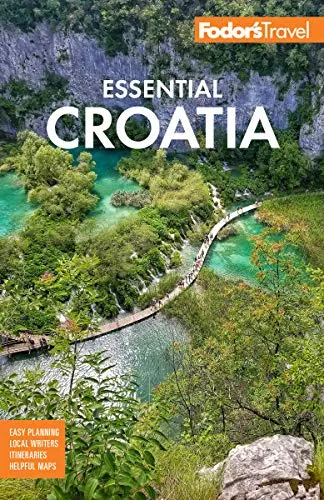Slavonia
Slavonia
Somewhere beyond the sea, there is a region called Slavonia. There is no coastline here, which has always meant fewer tourists. What it offers instead is something increasingly rare: unspoiled culture and undiscovered treasures.
There are art galleries in Osijek, centuries-old wine cellars in Ilok, Baroque towns, natural parks, hot springs, and rural festivals. As the breadbasket of Croatia, it has miles of cornfields, vineyards, and, in the right season, towering sunflowers in bloom. There are even sandy beaches along the Danube. One thing is certain: Slavonia will not stay undiscovered for long. But for now, it’s all yours. Welcome to the green heart of Croatia.
One of the four historical regions of Croatia, the sweeping agricultural plain of Slavonia has been inhabited an...
Read MoreSomewhere beyond the sea, there is a region called Slavonia. There is no coastline here, which has always meant fewer tourists. What it offers instead is something increasingly rare: unspoiled culture and undiscovered treasures.
There are art galleries in Osijek, centuries-old wine cellars in Ilok, Baroque towns, natural parks, hot springs, and rural festivals. As the breadbasket of Croatia, it has miles of cornfields, vineyards, and, in the right season, towering sunflowers in bloom. There are even sandy beaches along the Danube. One thing is certain: Slavonia will not stay undiscovered for long. But for now, it’s all yours. Welcome to the green heart of Croatia.
One of the four historical regions of Croatia, the sweeping agricultural plain of Slavonia has been inhabited and traversed through the ages by more ethnicities than practically any other region of Croatia; Croats, Serbs, Hungarians, Germans, Ottomans, and others have all left their mark on its culture. First settled by Slavic tribes in the 7th century and later an integral part of the Hungarian-Croat kingdom, Slavonia experienced a major change of culture with Sultan Suleiman the Magnificent's march toward Hungary and Austria in 1526. For almost 150 years much of the region became an Ottoman stronghold. Osijek and Požega flourished not as part of Christian Europe, but rather as full-fledged, mosque-filled Turkish towns. The Turkish retreat in the late 17th century ushered in an era of Austrian influence, with Osijek, now with a vastly different look, the region's economic cultural capital.
Long a vital transport route, particularly between Zagreb and Belgrade, the easternmost part of Slavonia was badly damaged during the Homeland War in the 1990s. The economy, which is based primarily on agriculture, is the slowest in the country and in recent decades, particularly since Croatia joined the European Union, many Slavonian residents left to find jobs elsewhere. You'll meet young people from Slavonia working all over Croatia, and if you tell them you've visited, or even heard of, their hometown you'll give them a very pleasant surprise. The region's sleepy towns and rural surroundings—from cornfields to forest-covered hills—have a distinctive low-key charm that can only be called Slavonian.








